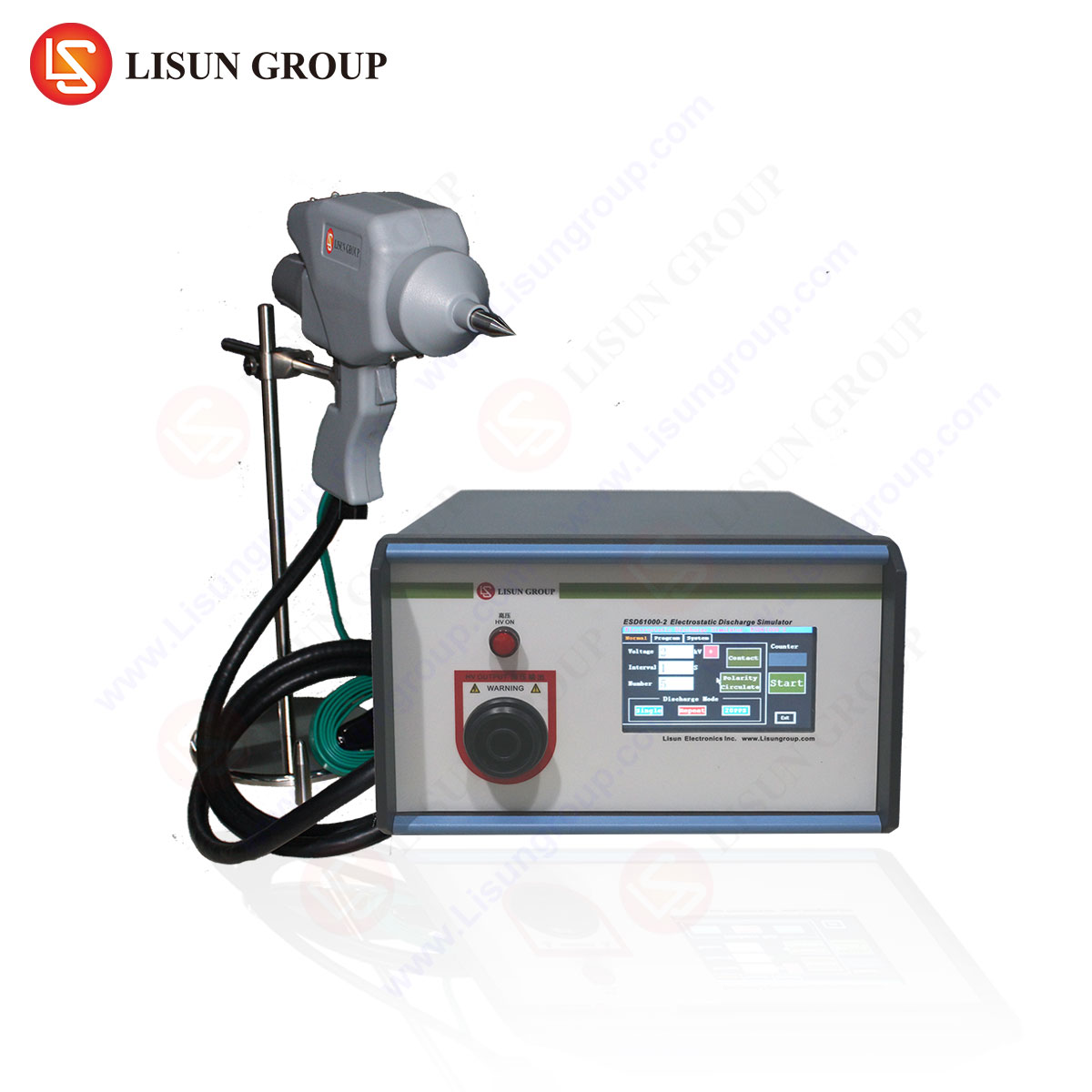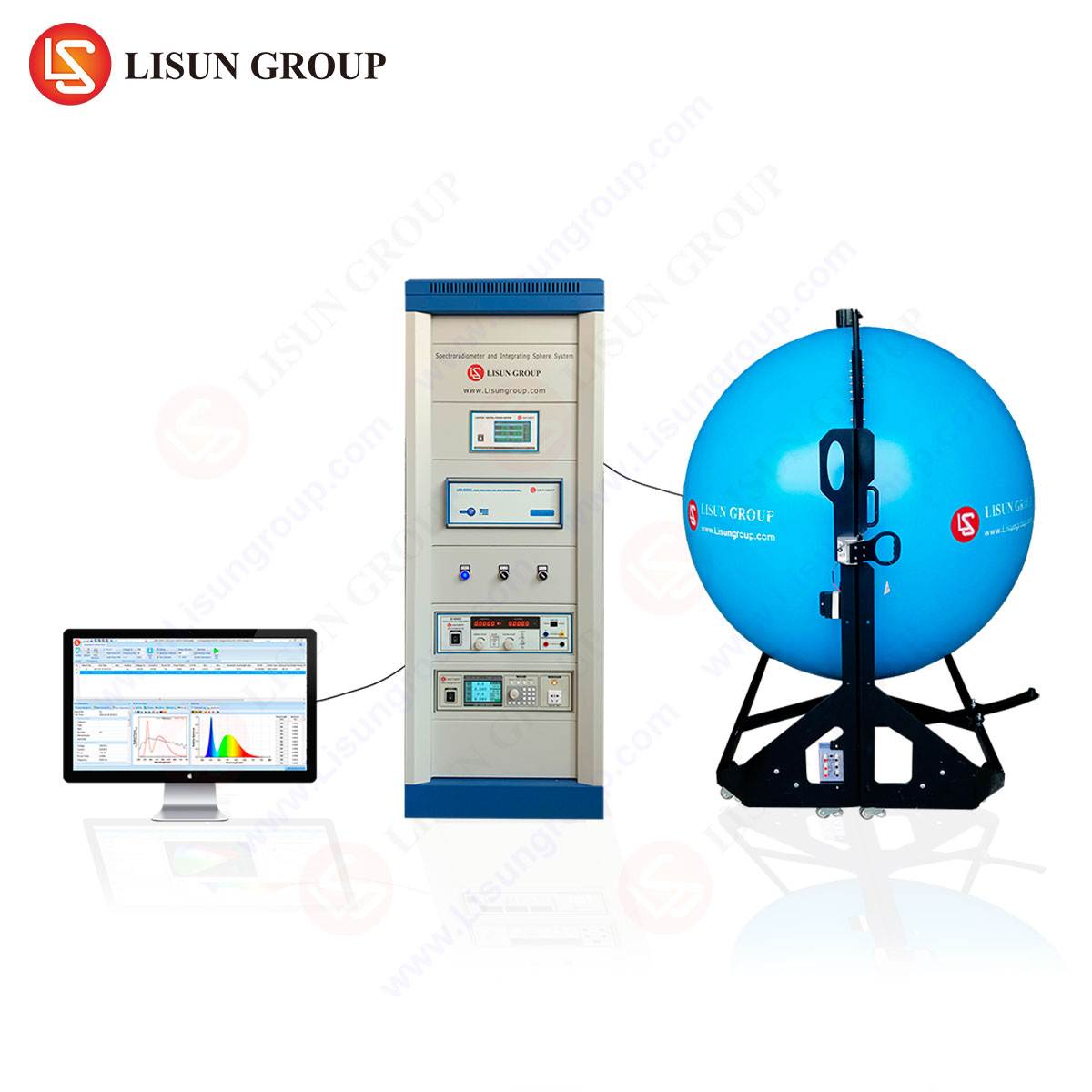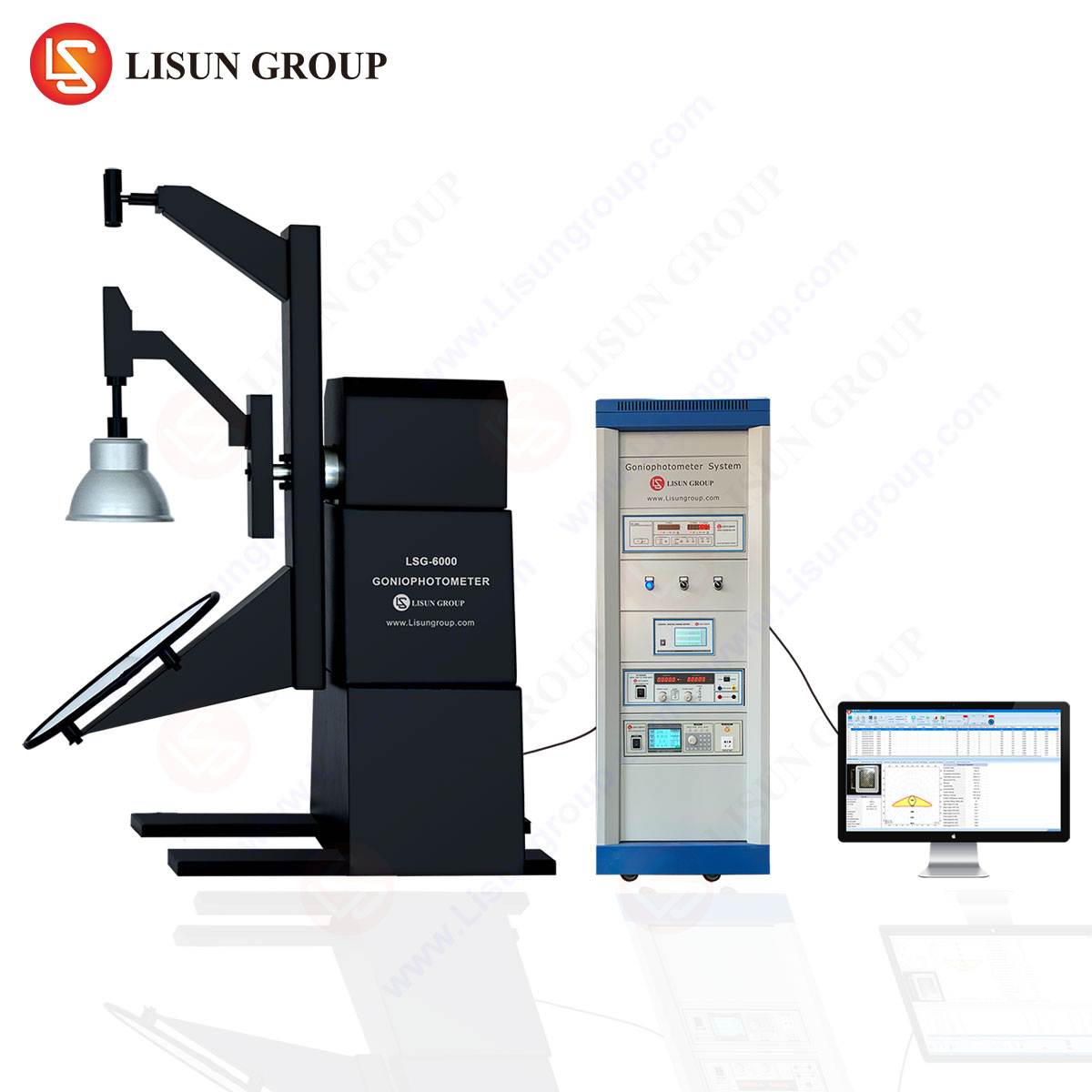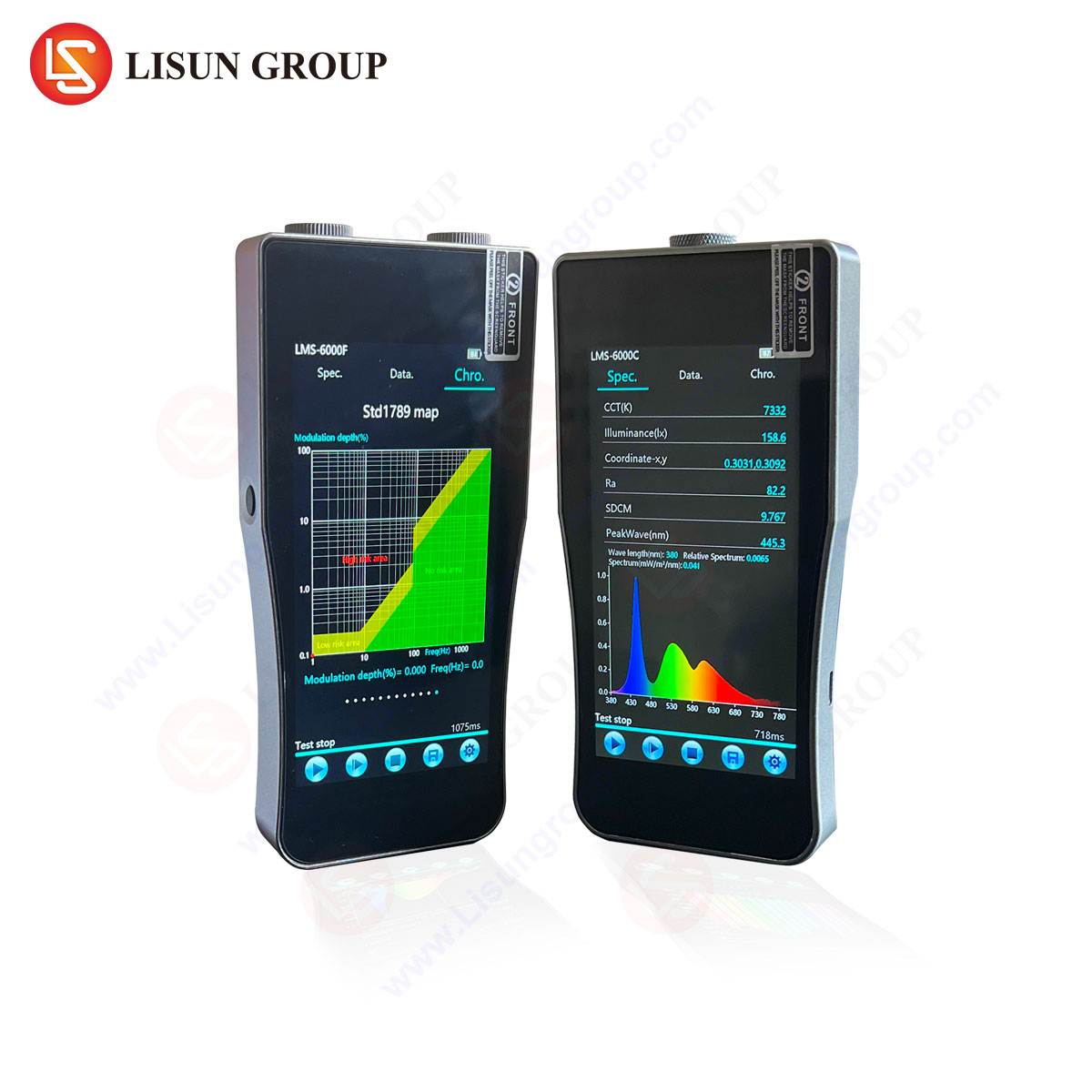Fundamental Principles of Electromagnetic Interference Emissions
Electromagnetic Interference (EMI) represents the disruptive energy emitted by an electrical or electronic device that can adversely affect the performance of other devices in its vicinity. EMI emissions testing is a critical discipline within electromagnetic compatibility (EMC) engineering, aimed at quantifying this unintentional radiative and conductive energy. The primary objective is to ensure that a device’s operational emissions do not exceed the limits established by international regulatory bodies, thereby guaranteeing that it can function reliably in its intended electromagnetic environment without causing detrimental interference.
EMI emissions are broadly categorized into two types: conducted and radiated. Conducted emissions propagate along interconnected cables and power lines, typically within the frequency range of 150 kHz to 30 MHz. Radiated emissions are transmitted through the air as electromagnetic fields, covering a broader spectrum from 30 MHz to often 6 GHz or higher, depending on the product standard. The testing process involves the use of specialized instrumentation, including an EMI receiver or a spectrum analyzer, antennas, transducers like Line Impedance Stabilization Networks (LISNs), and a controlled environment such as a semi-anechoic chamber (SAC) or an open area test site (OATS).
The Central Role of the EMI Receiver in Compliance Verification
The EMI receiver is the cornerstone instrument in any emissions test setup. Unlike a general-purpose spectrum analyzer, an EMI receiver is specifically designed and calibrated for compliance testing in accordance with standards such as CISPR 16-1-1. Its defining characteristics include precisely defined resolution bandwidths (e.g., 200 Hz, 9 kHz, 120 kHz), selectable detector functions (Peak, Quasi-Peak, Average), and a predefined measurement time per frequency point. These features are mandatory for performing standardized, repeatable, and legally defensible measurements.
The Quasi-Peak (QP) detector is of particular importance. It is designed to weight detected signals based on their repetition rate, reflecting the human ear’s subjective annoyance to impulsive interference. This makes it a critical measurement for many product families. The receiver scans the frequency range of interest, measuring emissions at each step using these standardized settings, and compares the results against the emission limits delineated in the relevant standard. The accuracy, sensitivity, and dynamic range of the EMI receiver directly influence the reliability of the test outcome and, by extension, the product’s market approval.
Architectural Design and Operational Methodology of the LISUN EMI-9KB Receiver
The LISUN EMI-9KB EMI Test Receiver exemplifies the technological requirements for modern EMI emissions testing. It is a fully compliant receiver meeting the specifications of CISPR 16-1-1, GB/T 6113, and other international standards, covering a frequency range from 9 kHz to 3 GHz (extendable to 7 GHz/13 GHz/18 GHz/26.5 GHz/40 GHz with external mixers). Its architecture is engineered for precision and operational efficiency in demanding laboratory and pre-compliance environments.
The core operational principle of the EMI-9KB involves a superheterodyne receiver design. Incoming signals from the antenna or LISN are first passed through a pre-selector to suppress out-of-band signals that could cause spurious responses. The signal is then mixed with a local oscillator to convert it to an intermediate frequency (IF). This IF signal is processed through the standard resolution bandwidth filters and subsequently passed to the detector stage. The detector applies the selected function—Peak, Quasi-Peak, Average, or RMS-Average—to measure the amplitude at each frequency point. This measured value is then compared against the pre-loaded limit line to determine pass/fail status.
The instrument features a 9-inch TFT LCD display that provides a clear view of the frequency spectrum, measurement traces, and limit lines. Its user interface is designed for streamlined test sequencing, allowing engineers to automate scans across multiple frequency bands with different detector and bandwidth settings as required by the standard. The inclusion of both a built-in quasi-peak detector and pre-amplifier options enhances its sensitivity for detecting low-level emissions, which is critical for diagnosing complex interference issues in products like medical devices or high-speed communication equipment.
Table 1: Key Specifications of the LISUN EMI-9KB EMI Test Receiver
| Parameter | Specification |
| :— | :— |
| Frequency Range | 9 kHz – 3 GHz (standard) |
| Compliance Standards | CISPR 16-1-1, GB/T 6113, MIL-STD, FCC, EN |
| Receiver Bandwidths | 200 Hz, 9 kHz, 120 kHz, 1 MHz (CISPR) |
| Detector Types | Peak, Quasi-Peak, Average, RMS-Average, CISPR-Average |
| Amplitude Accuracy | ± 1.5 dB |
| Input VSWR | 120 dB |
| Display | 9-inch TFT LCD |
Standardized Test Procedures for Radiated and Conducted Emissions
The methodology for EMI testing is rigorously defined by standards such as the CISPR series, IEC 61000, and various product-specific standards like IEC 60601-1-2 for medical equipment or ISO 11452-2 for automobiles.
Radiated Emissions Testing is performed within a semi-anechoic chamber, which is lined with radio-absorbent material to simulate a free-space environment and minimize reflections. The Equipment Under Test (EUT) is placed on a non-conductive table, typically 80 cm or 1.5 m high, and is configured in its most representative operating mode. A calibrated measurement antenna is positioned at a standard distance of 3 m, 5 m, or 10 m from the EUT. The EMI-9KB receiver, connected to the antenna, scans the required frequency range (e.g., 30 MHz to 1 GHz or 1 GHz to 6 GHz). The antenna height is scanned from 1 to 4 meters, and polarization (horizontal and vertical) is varied to capture the maximum emission level from the EUT. The final measurement is the highest reading obtained across these variations, compared against the radiated emission limit line.
Conducted Emissions Testing measures unwanted radio-frequency voltages present on the AC power lines. The test setup involves a Line Impedance Stabilization Network (LISN), which is inserted between the public power network and the EUT. The LISN serves a dual purpose: it provides a stable, standardized impedance (50 Ω/50 μH) across the frequency range (150 kHz – 30 MHz) and isolates the EUT from ambient noise on the mains. The EMI-9KB is connected directly to the LISN’s measurement ports. The receiver scans the phase, neutral, and ground lines (if applicable), measuring the disturbance voltage using Average and Quasi-Peak detectors. The results are plotted and assessed against the conducted emission limits.
Industry-Specific Applications and EMC Challenges
EMI emissions testing is a universal requirement, but the specific challenges and standards vary significantly across industries.
- Medical Devices (e.g., MRI machines, patient monitors): Governed by IEC 60601-1-2, these devices have stringent emission limits due to the critical nature of their function and the potential for life-threatening interference. The high sensitivity of the EMI-9KB is crucial for identifying low-level emissions from sensitive analog circuits and high-frequency digital processors.
- Automotive Industry (e.g., engine control units, infotainment systems): Standards like CISPR 25 and ISO 11452 require testing for both component and whole-vehicle emissions. The automotive environment is electrically noisy, and components must not interfere with safety-critical systems like braking or steering. The wide dynamic range of the EMI-9KB is essential for measuring emissions in the presence of high-level ambient signals.
- Information Technology Equipment (e.g., servers, routers): Covered by CISPR 32, these devices often have switching power supplies and high-speed data buses (PCIe, USB, Ethernet) that are potent sources of broadband and narrowband noise. The receiver’s ability to perform fast, automated scans with multiple detectors is vital for efficient pre-compliance and final certification testing.
- Industrial Equipment (e.g., variable frequency drives, PLCs): Standards such as IEC 61800-3 apply. These devices often drive high-power motors, generating significant conducted and radiated noise. The robust input protection and high dynamic range of a receiver like the EMI-9KB prevent damage from high-level transient signals during testing.
- Aerospace and Rail Transit (e.g., avionics, train control systems): Testing to standards like DO-160 or EN 50121 is critical for functional safety. The electromagnetic environment in these applications is extreme, with potential interference from high-power radio transmitters and traction systems. The precision and reliability of the measurement instrument are non-negotiable.
Comparative Analysis of Receiver Performance in Complex Scenarios
The performance of an EMI receiver is tested in complex measurement scenarios common in modern electronics. For instance, when testing a high-speed communication transmitter, the receiver must have sufficient dynamic range to measure low-level spurious emissions in the presence of a high-amplitude fundamental carrier signal. The EMI-9KB’s built-in pre-selectors and high input third-order intercept point (TOI) help mitigate intermodulation distortion, ensuring that measured spurious signals are genuine and not artifacts of the receiver’s non-linearity.
Another critical scenario involves measuring intermittent or low-duty-cycle emissions from devices like power tools or household appliances with brushed motors. The Quasi-Peak detector function of the EMI-9KB is specifically designed for this task, accurately reflecting the annoyance factor of such impulsive noise, which a simple Peak detector would overestimate. The instrument’s speed in switching between detectors and its accurate QP weighting circuitry are direct competitive advantages in such applications, reducing total test time while maintaining full compliance with standards.
Integrating the EMI-9KB into a Comprehensive Test Ecosystem
A modern EMI test solution is more than a standalone receiver; it is an integrated system. The LISUN EMI-9KB is designed to function as the core of such a system. It can be controlled via software to automate the entire test procedure, from controlling turntables and antenna masts in the chamber to managing the LISN and logging all measurement data. This integration is vital for reproducibility and for managing the vast amount of data generated during a full-compliance scan.
For pre-compliance testing in R&D laboratories, the speed and ease of use of the EMI-9KB allow design engineers to identify and mitigate EMI issues early in the product development cycle. This proactive approach prevents costly and time-consuming re-designs later. The instrument’s ability to perform diagnostic measurements using a Peak detector with faster sweep times, and then final measurements with the mandated QP and Average detectors, provides an optimal workflow for EMC engineers.
Frequently Asked Questions (FAQ)
Q1: What is the primary functional difference between the Quasi-Peak and Average detectors in the EMI-9KB, and when is each required?
The Quasi-Peak detector weights a signal’s amplitude based on its repetition rate, designed to correlate with the subjective annoyance of impulsive interference. The Average detector measures the true average amplitude. Most commercial emission standards (e.g., CISPR 32) require measurements with both detectors. The QP detector is typically used for assessing interference to analog broadcast services, while the Average detector is critical for assessing interference to digital communication systems.
Q2: For testing a complex medical device with multiple clock frequencies, how does the EMI-9KB ensure that all relevant emissions are captured?
The EMI-9KB’s test software allows for the creation of automated test plans that segment the frequency scan into multiple bands. An engineer can define specific bands around known clock harmonics (e.g., 80 MHz – 120 MHz for a 100 MHz clock) with a narrower frequency step and slower sweep to ensure no emission is missed, while scanning other ranges more broadly to save time. This targeted scanning approach ensures comprehensive coverage and measurement accuracy.
Q3: Can the EMI-9KB be used for pre-compliance testing in a non-shielded laboratory environment?
Yes, the EMI-9KB is well-suited for pre-compliance diagnostics. Its high sensitivity and built-in pre-amplifier help identify emissions even in noisy environments. However, for definitive pass/fail judgments, measurements should be conducted in a controlled environment like a semi-anechoic chamber to ensure accuracy and repeatability by mitigating ambient electromagnetic noise.
Q4: How does the instrument handle the transition between different resolution bandwidths (e.g., from 9 kHz to 120 kHz) during an automated scan?
The EMI-9KB, in compliance with CISPR 16-1-1, automatically switches its intermediate frequency (IF) filters when the scan crosses predefined frequency thresholds. For example, it will use a 9 kHz bandwidth from 150 kHz to 30 MHz and then automatically switch to a 120 kHz bandwidth for the 30 MHz to 1 GHz range. This transition is seamless within the automated test sequence and is a fundamental requirement for standardized testing.
Q5: What are the advantages of the EMI-9KB’s superheterodyne architecture over a FFT-based spectrum analyzer for full-compliance testing?
While FFT analyzers are fast for narrow spans, the superheterodyne architecture in the EMI-9KB is optimized for wide-frequency scans with the precisely defined bandwidths and detectors mandated by EMC standards. It offers superior dynamic range, sensitivity, and selectivity (ability to distinguish closely spaced signals) across its entire frequency range, which is critical for accurately measuring low-level emissions in the presence of strong signals, a common scenario in compliance testing.







